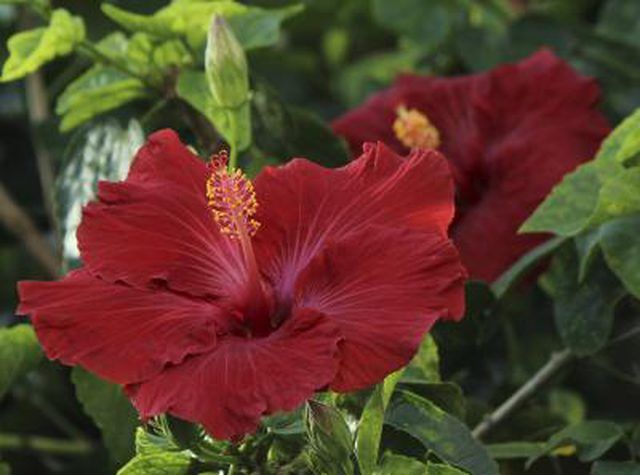Bulbs
Flower Basics
Flower Beds & Specialty Gardens
Flower Garden
Garden Furniture
Garden Gnomes
Garden Seeds
Garden Sheds
Garden Statues
Garden Tools & Supplies
Gardening Basics
Green & Organic
Groundcovers & Vines
Growing Annuals
Growing Basil
Growing Beans
Growing Berries
Growing Blueberries
Growing Cactus
Growing Corn
Growing Cotton
Growing Edibles
Growing Flowers
Growing Garlic
Growing Grapes
Growing Grass
Growing Herbs
Growing Jasmine
Growing Mint
Growing Mushrooms
Orchids
Growing Peanuts
Growing Perennials
Growing Plants
Growing Rosemary
Growing Roses
Growing Strawberries
Growing Sunflowers
Growing Thyme
Growing Tomatoes
Growing Tulips
Growing Vegetables
Herb Basics
Herb Garden
Indoor Growing
Landscaping Basics
Landscaping Patios
Landscaping Plants
Landscaping Shrubs
Landscaping Trees
Landscaping Walks & Pathways
Lawn Basics
Lawn Maintenance
Lawn Mowers
Lawn Ornaments
Lawn Planting
Lawn Tools
Outdoor Growing
Overall Landscape Planning
Pests, Weeds & Problems
Plant Basics
Rock Garden
Rose Garden
Shrubs
Soil
Specialty Gardens
Trees
Vegetable Garden
Yard Maintenance
Why Are My Hibiscus Leaves Turning Yellow?
Why Are My Hibiscus Leaves Turning Yellow?. Hibiscus (Hibiscus spp.) plants produce large, often colorful, flowers during the summer. The hardy hibiscus varieties, such as rose of Sharon (Hibiscus syriacus), grow in U.S. Department of Agriculture plant hardiness zones 5 through 9. Tropical varieties, like Chinese hibiscus (Hibiscus rosa-sinensis),...

Hibiscus (Hibiscus spp.) plants produce large, often colorful, flowers during the summer. The hardy hibiscus varieties, such as rose of Sharon (Hibiscus syriacus), grow in U.S. Department of Agriculture plant hardiness zones 5 through 9. Tropical varieties, like Chinese hibiscus (Hibiscus rosa-sinensis), grow in USDA zones 9 through 11. Both hardy and tropical hibiscuses can suffer from yellow leaves and overall decline. The symptoms, causes and treatments are similar for both types of hibiscus.
Winter Leaf Drop
Tropical hibiscus varieties grown outdoors in summer but overwintered inside tend to suffer leaf yellowing, drop and dieback in the days following the move. It's difficult to supply a tropical hibiscus with enough light indoors, which causes further yellowing beyond the initial shock of relocation. Remove the leaves as they yellow if you want to try and keep the plant active during the winter. North Dakota State University Extension suggests placing the plant under bright artificial lighting for 13 hours each day, when brought inside during the winter months. You can also allow the plant to go dormant during winter. Place the plant in a dark area at around 40 to 50 degrees Fahrenheit and allow all the leaves to yellow and fall off before cutting the plant back to 6 inches tall. In spring, resume watering and place the plant in a sunny spot to encourage a fresh flush of healthy, green growth.
Cultural Concerns
Wet, poorly drained soil can cause root rots and general leaf yellowing. Grow potted hibiscus in containers with bottom drainage holes so the soil doesn't stay soggy. Plant garden hibiscus in well-draining soil and avoid overwatering and waterlogged soil. Nutrient deficiencies can also cause yellowing foliage, especially a lack of nitrogen in the soil. Water potted hibiscus with a soluble, all-purpose fertilizer every two weeks, such as a 1/2 teaspoon of 24-8-16 all-purpose blend mixed with 1 quart of water. For garden plants, sprinkling 1 tablespoon of a 12-4-8 or similar blend over every 1 square foot of garden at eight-week intervals provides enough nutrients. Fertilize hibiscus plants only when they are actively growing in spring and summer.
Blights
Both tropical and hardy hibiscus varieties can develop yellow leaves from a botrytis blight infection. This fungal disease may also cause spotting and discoloration on flowers or show as gray masses of mold on leaf, bud and stem surfaces. Overly wet soil and poor air circulation are the main causes. Remove affected leaves, stems and flowers with shears, wiping the shears with an isopropyl alcohol-soaked rag after each cut to destroy any fungal spores. Avoid overhead watering and keep the soil moist but not soggy.
Leaf Spot Diseases
Yellow spots on leaf surfaces may indicate a fungal leaf spot diseases. The shape and size of the spots varies, but most leaf spot diseases aren't fatal and they rarely cause long-term damage. Hibiscus plants don't require fungicide treatments for leaf spots. Instead, remove badly affected leaves and clean up fallen leaves and plant debris from around the base of the plant. Watering early in the day and keeping the foliage dry further prevents leaf spot problems.